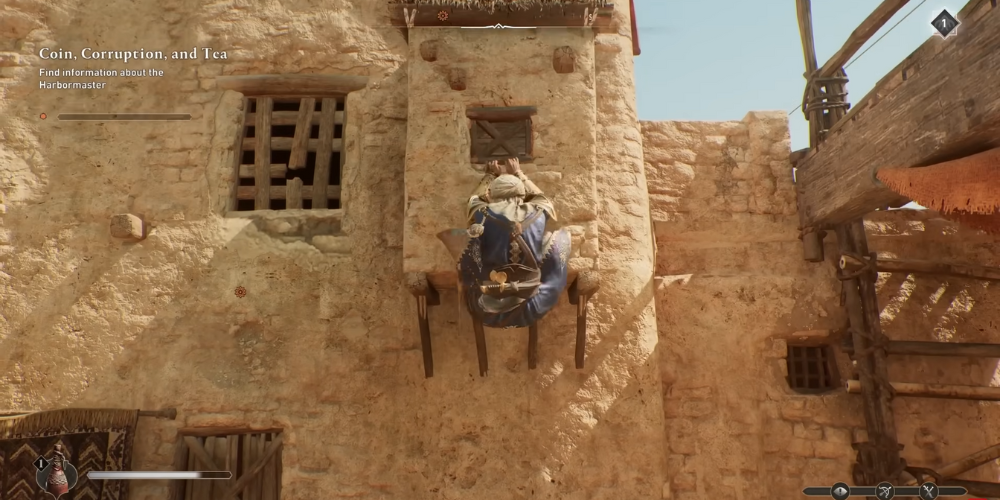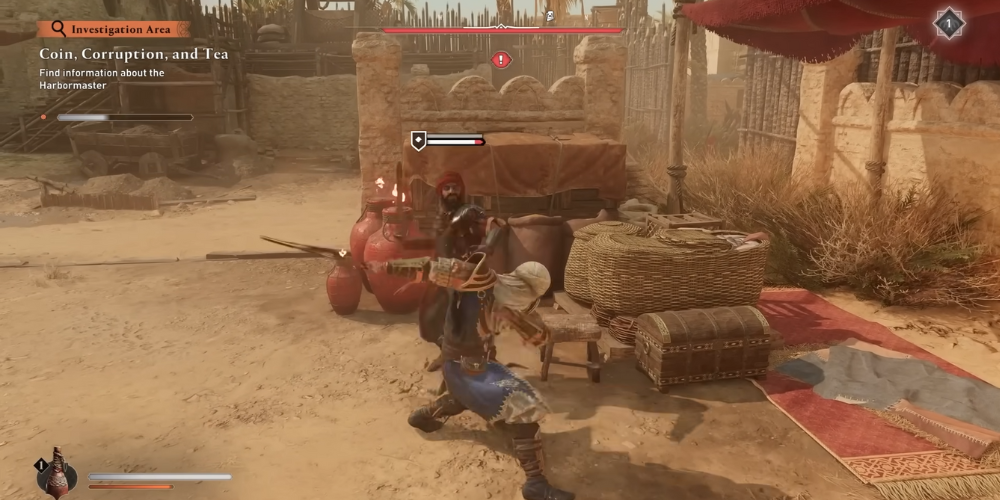The Historical Context and Accuracy in Assassin's Creed Mirage

The Assassin’s Creed video game series has long been celebrated for melding historical fiction with action-adventure gameplay, providing players with a virtual playground set in meticulously recreated historical settings. The latest installment, Assassin's Creed Mirage, continues this tradition by transporting players to the bustling streets of 9th-century Baghdad during the peak of the Abbasid Caliphate. It explores the historical context of the game’s setting and evaluates the accuracy of its representation of people, places, and events, shedding light on the immersive details that Ubisoft has woven into the narrative.
Historical Setting: Baghdad, Abbasid Caliphate
Baghdad during the 9th century, under the rule of the Abbasid Caliphate, was a flourishing center of knowledge, culture, and power. Founded in 762 CE by Caliph Al-Mansur, Baghdad was strategically located on the Tigris River and soon became a critical hub for trade and intellectual pursuits in the Islamic Golden Age. The city was known for its circular design, a feature speculated to have philosophical undertones symbolizing the unity of knowledge and power.
The game is set during this period when Baghdad was at its zenith, both culturally and economically. The city featured grand architectural projects and numerous libraries, including the House of Wisdom. This period also saw the translation and preservation of many Greek and Persian texts, which were significant in nurturing the Islamic and, by extension, global knowledge base. Assassin's Creed Mirage captures the essence of this vibrant city through its bustling marketplaces, grandiose abodes, and intricate alleyways, although it takes liberties with historical geography and architecture for gameplay purposes.
Caliphate and Political Climate
.png)
The period covered by the Abbasid Caliphate, particularly in the 9th century, represents a fascinating era in Islamic and world history. During this time, the caliphate, with Baghdad as its capital, not only flourished as a center of knowledge and culture but also as a hub of political intrigues and a complex web of power dynamics. The Abbasid Caliphs governed an expansive realm extending from the Iberian Peninsula to the Indus Valley, requiring careful management and diplomacy to maintain authority across diverse regional leaders and far-flung territories.
This period was characterized by a sophisticated palace bureaucracy, which helped manage the affairs of the state but also paved the way for intricate political gamesmanship. The Caliph’s court swirled with intrigue as influential families and ambitious regional governors often engaged in secretive plots to extend their control or undermine rivals. This was a time when allegiances were fluid, and loyalty to the Caliph could be trumped by personal ambition or the persuasive power of gold.
In Assassin's Creed Mirage, this rich historical backdrop is brought to life with careful attention to detail. The game situates the player in the heart of Baghdad at a time when the city was at its zenith, both culturally and politically. The narrative of the game does take creative liberties, introducing fictional characters and scenarios, but these are deeply rooted in the realistic socio-political context of the time. Players navigate through missions that mirror the historical power struggles, maneuvering through the layered society where the alliances are as shifting as the desert sands outside the city walls.
The game succeeds in capturing the aura of Abbasid Baghdad, with its grand architecture and bustling marketplaces serving as more than just a backdrop but as integral players in the storyline. As gamers interact with historical figures and participate in plotlines inspired by real events, they gain a nuanced understanding of how power was brokered and held in one of the most intellectually and politically vibrant places of the medieval world. Through its engaging gameplay and carefully crafted narrative, Assassin's Creed Mirage not only entertains but also educates players about a pivotal period in Middle Eastern history.
Characters and Historical Figures
.png)
One of the main components that enhance the historical narrative in Assassin's Creed games is the inclusion of characters based on real historical figures. In Assassin's Creed Mirage, the protagonist interacts with various figures who influence the socio-political and cultural landscape of Baghdad. While the main characters are often fictional to serve the narrative and gameplay, the game does incorporate characters inspired by historical figures of that era.
The depiction of these characters and their interactions is designed to reflect the historical persona's ethos without compromising the entertainment value. This blend of historical influence with fictional liberty allows for engaging storytelling that captures the spirit of the age while adapting it to fit the game's storyline.
Cultural Representation
The cultural setting of Baghdad is richly portrayed, with attention paid to attire, language, music, and social practices. The game developers conducted extensive research to recreate authentic scenes that reflect the diversity and cultural richness of Baghdad. The characters' attire varies significantly, illustrating the distinctions between different social classes and professions prominent in historical Baghdad.
The languages spoken, music heard in the background, and the overall ambiance is crafted based on historical accounts and studies about the region during the 9th century. This not only aids in immersing the player in the time period but also respects the cultural heritage of the setting, although some elements are modernized or adjusted to enhance player experience and understandability.
Technological and Economic Depictions

The technological and economic advancements of the time are depicted with a certain degree of accuracy in Assassin's Creed Mirage. Baghdad was a center for innovation, particularly in the fields of mathematics, astronomy, and medicine. The game occasionally references these contributions, albeit subtly, through various gameplay elements such as puzzles and storyline quests that involve scholarly activities.
Economically, the game showcases the thriving markets and trade routes of Baghdad, which were integral to its prosperity. The depiction of bustling markets filled with spices, textiles, and artworks provides a glimpse into the economic dynamics of the time. However, precise economic practices and the magnitude of Baghdad’s trade connections are sometimes simplified or exaggerated to fit gameplay mechanics and plot requirements.
Conclusion
Assassin's Creed Mirage continues Ubisoft's tradition of crafting immersive historical worlds that allow players to experience pivotal moments and environments from the past. Although the game takes historical liberties for the sake of engaging gameplay and compelling storytelling, it succeeds in conveying a sense of the richness of Baghdad during the Abbasid era. The blend of factual elements with fictional creativity offers both an educational glimpse into a pivotal historical period and a thrilling adventure that respects its historical backdrop.
Understanding the balance between maintaining historical accuracy and delivering an enjoyable game experience is key to appreciating Assassin's Creed Mirage. It continues to serve as a bridge connecting players with historical eras that shaped our modern world, packaged within an entertaining and insightful medium.







